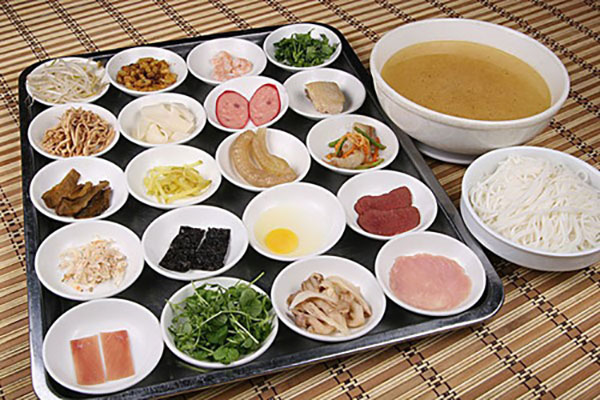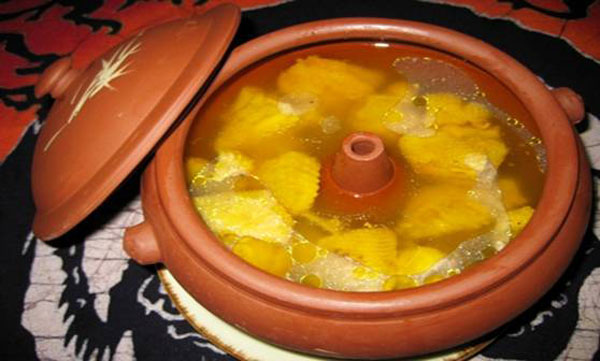China Travel Guide: Yunnan


FOOD
Yunnan mushroom hotpot
Yunnan province is blessed with the perfect climate and amount of rainfall for growing mushrooms. The province is home to many species of edible mushrooms such as cow liver mushroom and monkey head mushrooms. Each type of mushroom has a unique taste and is extremely nutritious.
The local mushroom hotpot is a must-try for visitors to Yunnan especially from June to September when the mushroom season comes. During these months, hotpot restaurants in Yunnan start offering hotpots integrating all types of fresh mushrooms, from the common porcini to the exclusive matsutake.

Yunnan flower cake
As Yunnan's typical dessert, flower cake is a flaky pastry with edible Yunnan roses inside. There are various local bakery brands selling flower cakes, among which Jiahua Food is the most famous. Every April, local people stand in long queues for fresh flower cakes – a common scene across the province.
According to historical records, flower cakes were invented more than 300 years ago by a cake maker in the Qing Dynasty (1644-1911). They have gained wide reputation for their flowery flavor, agreeable sweetness and beneficial beauty effects.

Crossing-the-bridge Noodles
Rice noodles are popular among local residents, and the nationally renowned crossing-the-bridge noodles is a must-try snack food in Kunming. Legend has it that a wife prepared the noodles for her husband every day and she had to cross a bridge to take it to the hard-working man. Hence the name: crossing-the-bridge noodles.
The dish is a rice noodle soup mixed with pork, chicken and vegetables. Visitors can eat authentic crossing-the-bridge noodles in many chain restaurants in Kunming, such as Qiaoxiangyuan and Jianxinyuan.

Steam Pot Chicken
Steam pot chicken is a dish made by steaming chicken with herbs in a large clay pot. The steam pot, made of red clay, resembles an earthenware basin with a lid and has a steam nozzle in the center. Meat, herbs and other ingredients are placed into the pot and steamed over heat. Unlike other steaming methods, no water is added. The steam and resulting broth come from the meat and ingredients themselves, making it rich in nutrients.

































